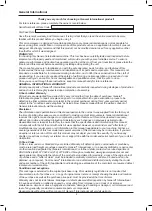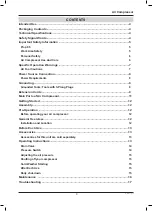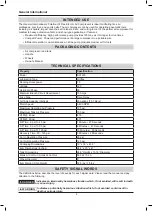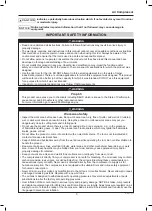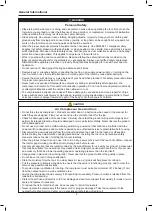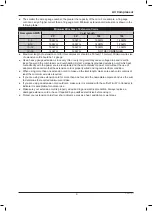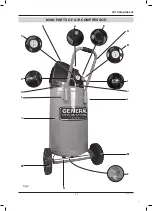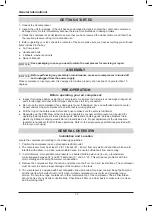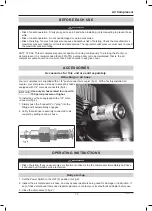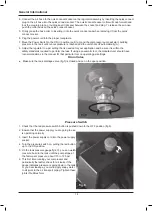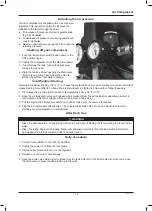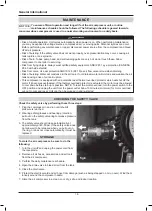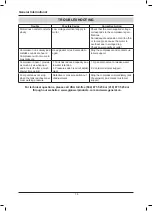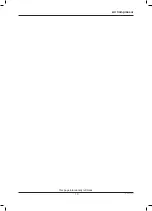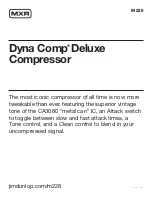
12
General International
GETTING STARTED
1.
Unpack the air compressor.
2.
Inspect the unit for damage. If the unit has been damaged in transit, contact the carrier and complete a
damage claim. Do this immediately because there are time limitations to damage claims.
3.
Check the compressor’s serial label to ensure that you have received the model ordered, and that it has
the required pressure rating for its intended use.
4.
Before operating your tool, check the contents of the box to make sure you have everything you will need.
Items included in the box:
●
Air Compressor
● Handle
and bolts
●
2
Wheels, washers and nuts
● Owner’s
Manual
Save packaging in case you need to return the compressor for servicing or repair.
ASSEMBLY
Before performing any assembly or maintenance, make sure compressor is turned off
and unplugged from the power supply.
Place compressor on level ground. It is designed to function properly at an incline of no greater than 15
degrees.
PRE-OPERATION
Before operating your air compressor:
●
Inspect
for damage before using the air compressor, make sure the air tank is not damaged, inspect all
parts for damage, and check that all pipes and hoses are firmly connected.
●
Do
not use the air compressor if any damage is found. If damaged, have an authorized service center
inspect and test the air compressor to ensure that is working properly.
●
Pull the ring on the safety valve before each use to make sure the valve is functional.
●
Depending
on the CFM draw of the tools being operated, your new air compressor can be used for
operating paint sprayers, air tools, grease guns, airbrushes, caulking guns, abrasive blasters, tire &
plastic toy inflation, spraying weed killer and insecticides, etc. Proper adjustment of the air pressure
regulator is necessary for all of these operations. Refer to the air pressure specifications provided with
the tool you are using.
GENERAL OVERVIEW
Installation and Location
Locate the compressor according to the following guidelines:
1.
Position the compressor near a grounded electrical outlet.
2.
The compressor must be at least 12 to 18 inches (31 - 45 cm) from any wall or obstruction which would
interfere with airflow, in a clean, well-ventilated area, to ensure sufficient air flow and cooling.
3.
In cold climates, store portable compressors in a heated building when not in use; a temperature-
controlled area between 32° and 95° Fahrenheit (0 ° and 35 °C).. This will reduce problems with the
motor starting and freezing from water condensation.
4.
Remove the compressor from the carton and place it on the floor or a hard, level surface. The compressor
must be level to ensure proper drainage of the moisture in the tank.
5. The compressor is designed with heat dissipation fins which allow for proper cooling. Keep the fins (and
all other parts which collect dust or dirt) clean. A clean compressor runs cooler and provides longer
service. Do not place rags, containers or other material on top of the compressor. The air filter intake
should be free of any debris or obstructions. Check the air filter on a daily basis to make sure it is clean
and in working order.
NOTICE
NOTICE


